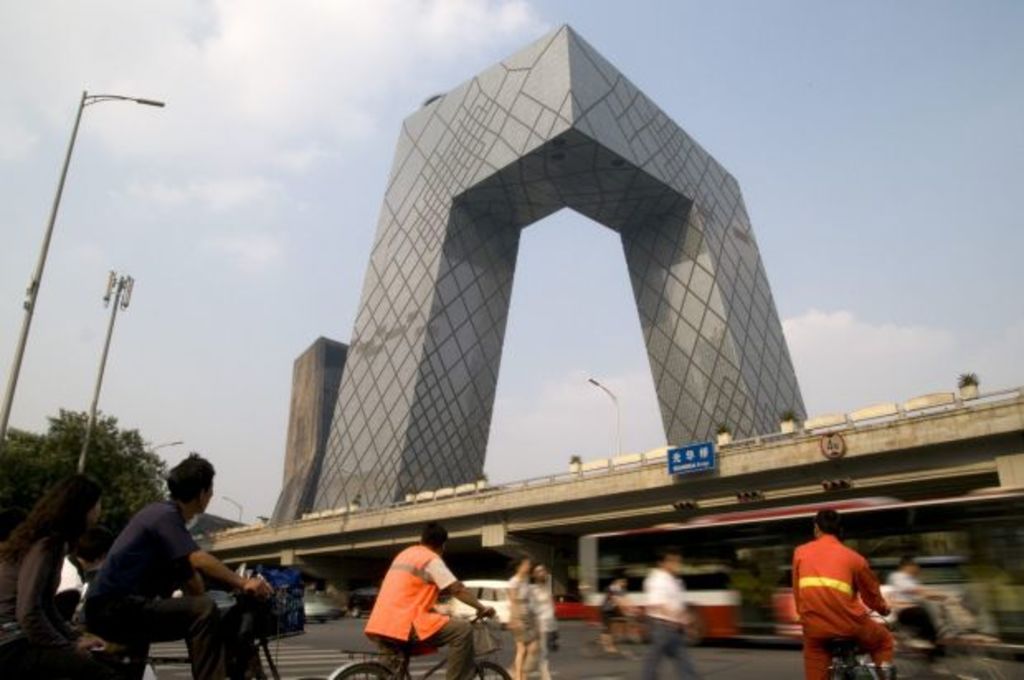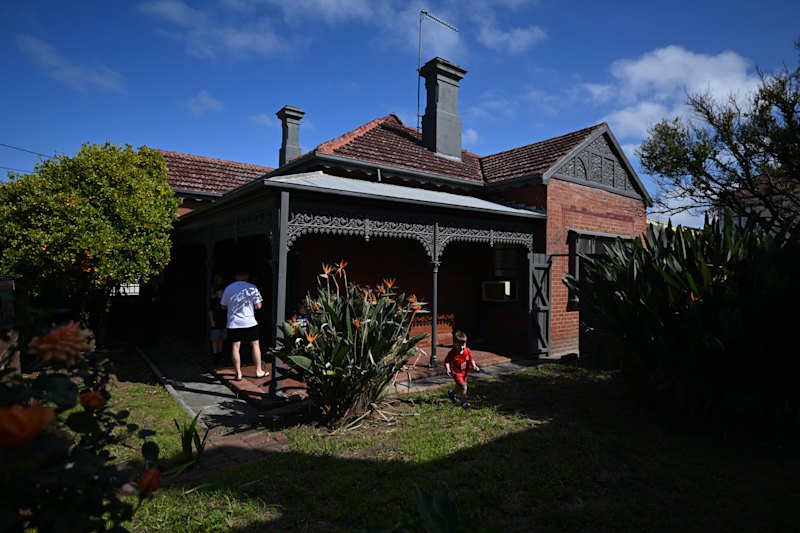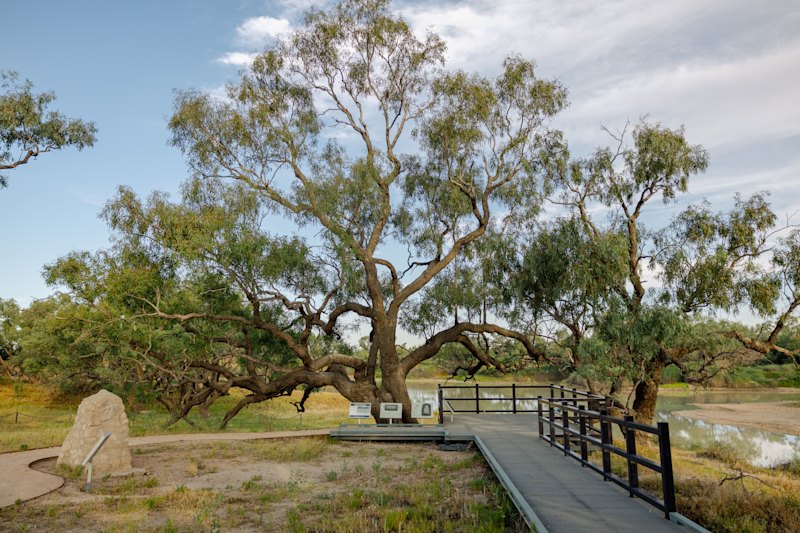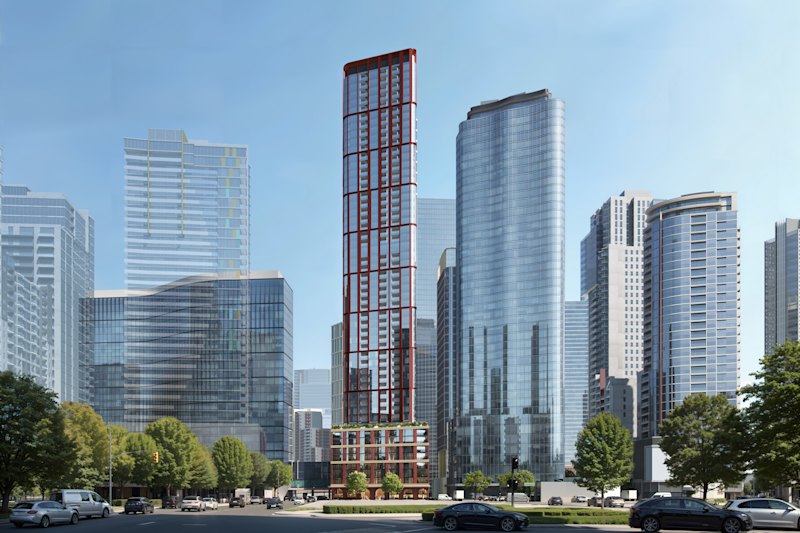Chinese government says no more weird architecture

China’s Central Urban Work Conference was held two months ago – the first time since 1978. And it’s signalled the end of the trend of strange and showy urban architecture.
The State Council, China’s cabinet and the Communist Party Central committee has published a directive to end the building of weird, oversized projects, as well as calling time on gated communities.
The weird architecture trend showed “a lack of cultural confidence and some city official’s distorted attitude about political achievements”, according to President Xi Jinping.
Rather, buildings should be aimed at being “suitable, economic, green and pleasing to the eye”, reflecting the local geography and the Chinese national character.
Wang Kai, vice president of the China Academy of Urban Planning and Design told the New York Times that the changes applied more to public projects. “For private housing or commercial projects,” he said, “there is still space for innovation.”
The ‘no new gated communities’ rule – along with the gradual ‘opening-up’ of the roads in private estates – has ruffled a few feathers, as noted by Time Magazine, with concerns that the changes ‘may bring personal and property safety concerns’.
The report was released two months after the conference – held to help deal with China’s increasing urbanisation. Over half of the country’s 1.3 billion people now live in urban areas and Beijing, Chongqing and Shanghai currently have populations exceeding 20 million people each.
The president also criticised the architectural trend in 2014, calling for an end to weird buildings at a literary symposium in Beijing.
We recommend
We thought you might like
States
Capital Cities
Capital Cities - Rentals
Popular Areas
Allhomes
More







